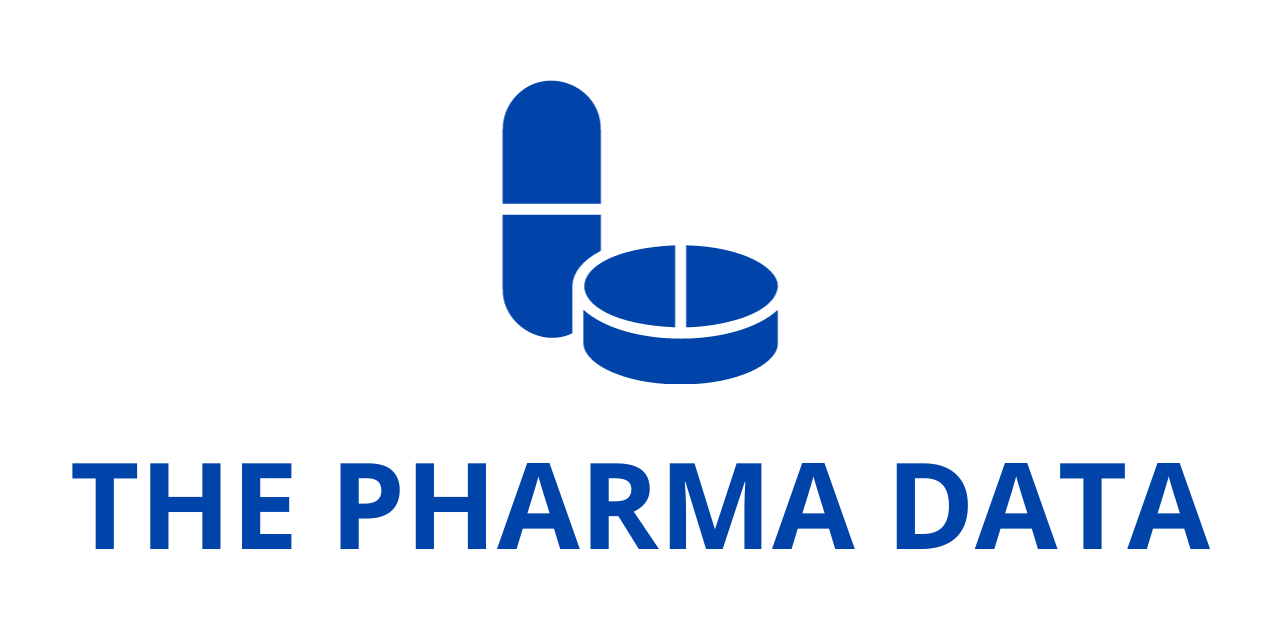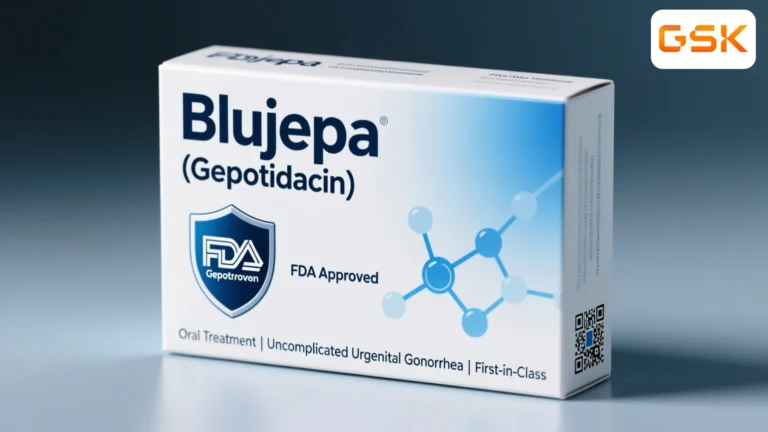
Boston Cell Standards Announces Landmark CASI-01 Study in Lancet: eBioMedicine Demonstrating That Calibration Transforms Accuracy and Reproducibility in HER2-Low Breast Cancer Testing
Boston Cell Standards today unveiled groundbreaking findings from the CASI-01 study, newly published in Lancet: eBioMedicine, marking a pivotal moment for the future of breast cancer diagnostics. The study provides the first robust, multi-laboratory evidence that calibration—long a cornerstone of fields such as clinical chemistry and molecular diagnostics—can fundamentally improve the reliability and analytical performance of immunohistochemistry (IHC) testing. By applying standardized calibration to HER2 assays, the research shows dramatic gains in accuracy, reproducibility, and analytical sensitivity, potentially reshaping how HER2-low breast cancers are detected and treated.
The authors of the CASI-01 study describe the findings as “pivotal advancements in precision medicine,” suggesting that the implementation of IHC calibration could reverberate across clinical and regulatory landscapes. The implications extend not only to HER2-low diagnostic criteria and patient stratification but also to the development of companion diagnostics, quality-assurance programs, and regulatory frameworks that govern IHC clinical testing. Ultimately, the research points to a path where patients benefit from more precise biomarker assessment and more equitable access to targeted therapies.
The Challenge: Variability and Uncertainty in HER2-Low Testing
HER2 IHC testing has long played a central role in determining patient eligibility for anti-HER2 therapies such as trastuzumab and, more recently, trastuzumab deruxtecan (T-DXd). Traditionally, HER2 assessments focused on identifying HER2-positive tumors, but the landscape shifted substantially with the recognition that patients with HER2-low expression also benefit from certain targeted treatments. This expanded therapeutic window has intensified scrutiny of HER2 IHC testing practices.
However, as the importance of detecting low-level HER2 expression has increased, so too have concerns about assay performance. Without calibration, IHC tests often struggle to distinguish subtle expression differences, producing inconsistent and non-reproducible results—especially in the clinically critical HER2-low range. According to prior studies, inter-laboratory variability is so high that test reproducibility has been compared to “the flip of a coin,” underscoring the unreliability of current methods for borderline or low-expression cases.
The consequences are significant: patients who could respond to T-DXd or other emerging HER2-targeted therapies may be misclassified and therefore denied access to life-extending treatment options.
“Patients with HER2-low cancers who could benefit from T-DXd may go untreated simply because the tests can’t measure expression levels precisely enough,” said Dr. Steve Bogen, MD, PhD, principal investigator of CASI-01 and CEO of Boston Cell Standards. “Calibration changes that. A patient’s treatment options should not depend on which lab performs their test.”
A First-of-Its-Kind Study Bringing Calibration to IHC
CASI-01 represents the first international effort to systematically apply a calibration framework—using IHCalibrators® developed by Boston Cell Standards—to HER2 IHC testing across diverse clinical laboratory environments. Whereas existing IHC methods rely heavily on subjective assessment and semi-quantitative scoring, calibration introduces traceable, quantitative standards that align assays to an objective measurement scale.
In this multi-site study, the calibration tools were used to measure and adjust analytical sensitivity, enabling laboratories to compare assay performance against a common reference. The results demonstrated that calibrated assays exhibited far tighter reproducibility, greater analytical sensitivity, and improved ability to detect low-level HER2 expression.
Key Findings: Calibration Dramatically Enhances Analytical Performance
The CASI-01 study yielded several transformative insights with far-reaching implications for biomarker testing:
1. Clear Quantification of Inter-Laboratory Variability
By introducing traceable reference standards, the study was able to precisely measure the extent of variability in HER2 IHC performance across Cell clinical laboratories. The findings confirmed that substantial variation exists, particularly in the detection of HER2-low expression levels, reinforcing concerns that current testing methods are inadequate for precision therapy selection.
2. Discovery of Limited Dynamic Range in Widely Used HER2 IHC Assays
One of the study’s most consequential findings was the revelation that the most commonly used HER2 IHC assay exhibits a poor dynamic range when measuring low levels of HER2 expression. This limited range hampers the assay’s ability to reliably score HER2-low tumors, leading to inconsistent classification and potential undertreatment of eligible patients.
3. Introduction of the First Quantitative Analytical Sensitivity Guidance for IHC
CASI-01 establishes the first objective, reproducible method for determining the analytical sensitivity of IHC assays. This metric—common in molecular testing but previously lacking in IHC—provides laboratories and regulators with a clear standard for assessing whether an assay can reliably detect the biomarker levels needed for clinical decision-making.
4. Evidence That Image Analysis Can Surpass Pathologists in Certain Scenarios
The study found that digital image analysis systems, when calibrated, can outperform human pathologists in accuracy and reproducibility in specific IHC evaluation contexts. This suggests that integrating image Cell analysis with calibrated assays may promote more consistent, quantitative scoring and bolster diagnostic confidence.
5. Pathway to a New Standard: Enhanced Dynamic Range Through Sensitive Assays + Image Analysis
The research demonstrates that pairing more analytically sensitive IHC tests with calibrated image analysis substantially improves dynamic range and measurement precision. This integrated approach could redefine the standard of care for biomarker testing by promoting quantitative, reproducible, and biologically meaningful assessments.

“As therapies expand to include HER2-low disease, the need for precise and reproducible HER2 testing has never been greater,” said Dr. Emina Torlakovic, study co-author, board-certified anatomic and clinical pathologist and hematopathologist; director of the Canadian Biomarker Quality Assurance academic program; and division head of Hematopathology at the Saskatchewan Health Authority and University of Saskatchewan. “Whereas current methods of IHC assay validation are insufficient to support the needs of precision medicine, by enabling an objective quantification of analytical sensitivity, we can now reliably evaluate the accuracy and precision of IHC assays for targeted therapies.”
A Shift Toward Treating IHC as a True Quantitative Diagnostic Assay
Perhaps the most profound implication of the CASI-01 study is the reframing of Cell immunohistochemistry from a subjective, semi-quantitative staining method to a fully quantitative laboratory assay—aligned with modern expectations for diagnostic precision.
For decades, experts have called for structural reform in IHC practices, noting that the field has operated more like an “unregulated stain” than a Cell rigorously controlled diagnostic platform. The CASI-01 findings lend empirical weight to ongoing proposals that IHC adopt the same rigor long required in other diagnostic disciplines, including:
- the use of traceable reference standards
- analytical calibration
- measurement of assay sensitivity and dynamic range
- statistical process control frameworks
- quantitative performance metrics for assay validation
By demonstrating that calibration can be routinely implemented and that it meaningfully improves test performance, the study provides a roadmap for modernizing IHC at scale.
Implications for Regulatory Reform, Companion Diagnostics, and Patient Care
The CASI-01 findings arrive at a critical time for Cell oncology and precision medicine. As more therapies require detection of low or borderline biomarker expression, regulators, diagnostic developers, and clinical laboratories must ensure that IHC tests deliver accurate and reproducible results across diverse practice settings.
By establishing calibration as a feasible, evidence-based solution, the study supports changes that could:
- Enable more accurate HER2-low classification
- Improve eligibility determination for HER2-targeted therapies such as T-DXd
- Strengthen analytical validation standards for companion diagnostics
- Support harmonization of IHC testing across institutions and regions
- Reduce variability that contributes to misdiagnosis and inequitable treatment access
Ultimately, improved diagnostic precision translates directly into better-informed treatment decisions and better outcomes for patients.
Source Link: https://www.businesswire.com/




